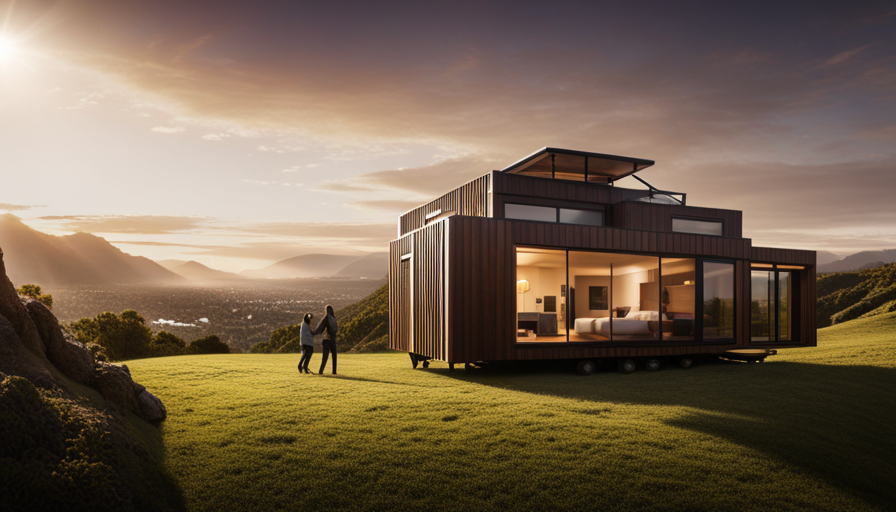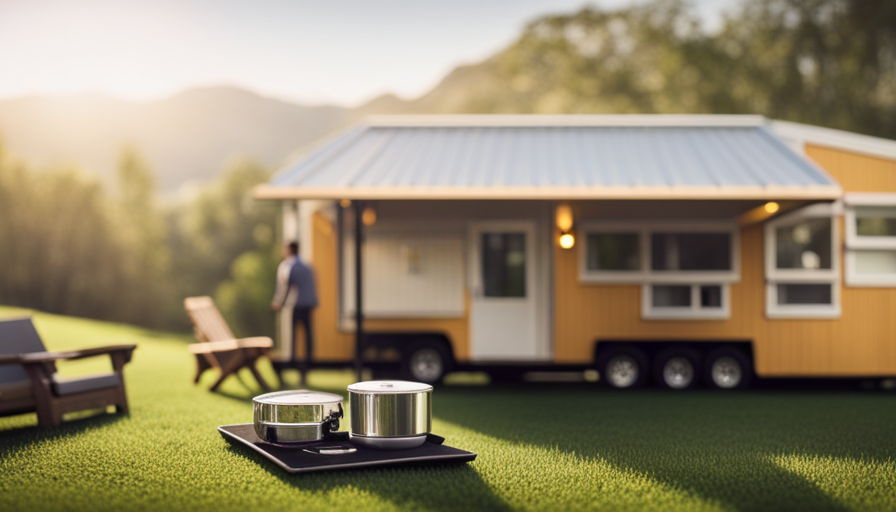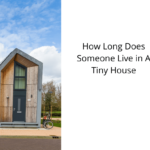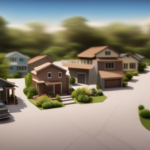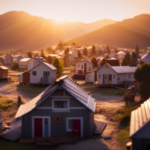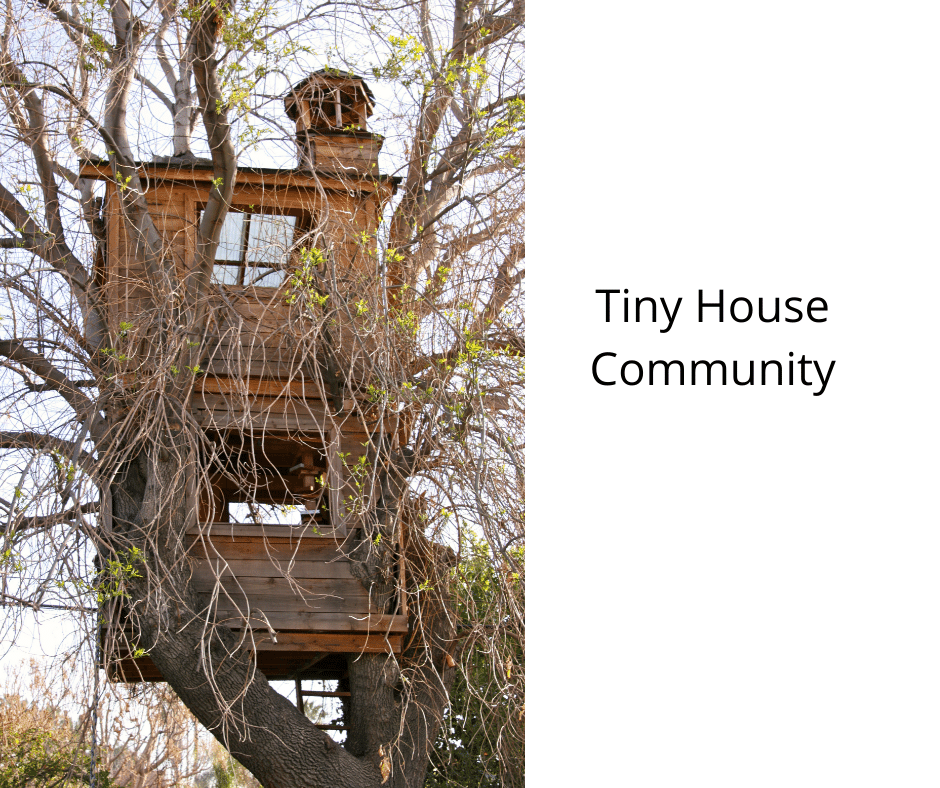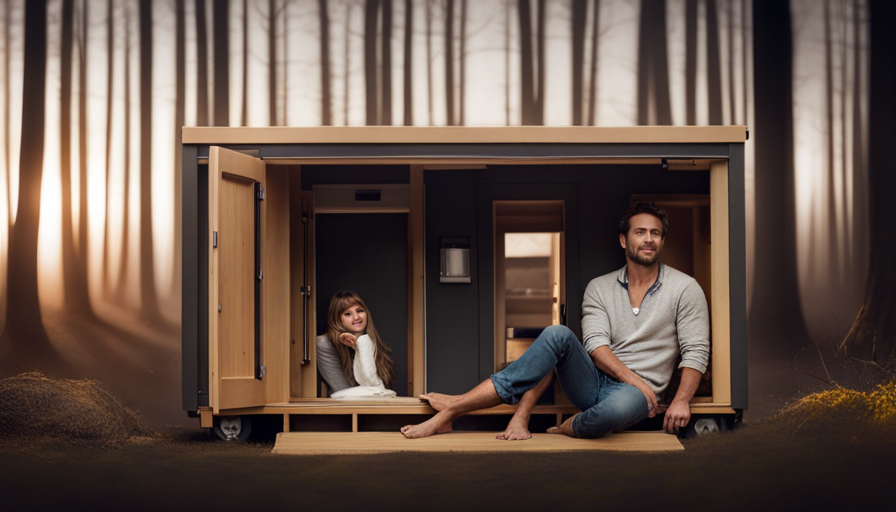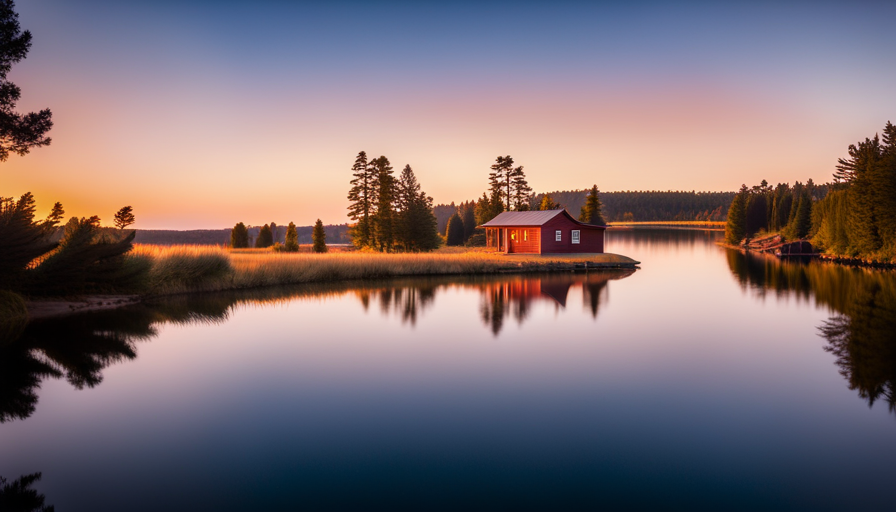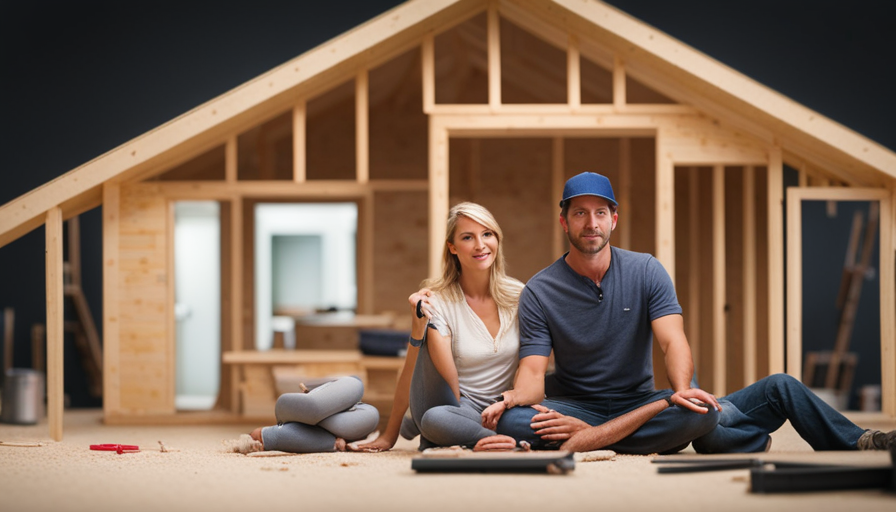When it comes to tiny houses, the size is not always the most important factor. The trend of tiny homes has gained popularity in recent times, with more people embracing the idea of living in smaller, environmentally friendly spaces. But how big can a tiny house actually be?
In this article, I will take you on a journey to discover the largest tiny houses out there. From tiny house mansions to off-grid retreats, we will explore the range of sizes and styles available in the world of tiny living. So whether you’re dreaming of downsizing or simply curious about this unique lifestyle, join me as we uncover the answer to the question: how big is the biggest tiny house?
Get ready to be amazed by the ingenuity and creativity that goes into creating these compact yet comfortable homes.
Key Takeaways
- The size of a tiny house is generally under 400 square feet, but can vary based on regulations.
- Tiny house design maximizes space with clever storage and multifunctional furniture.
- Tiny house mansions offer luxurious amenities and high-end finishes in a compact space.
- Going off-grid with a tiny house requires sustainable energy solutions such as solar panels and efficient water and waste management systems.
The Definition of a Tiny House
So, what exactly makes a tiny house tiny? Well, the definition of a tiny house varies, but generally, it refers to a small, compact dwelling that is typically under 400 square feet in size. However, size requirements can differ depending on the region and local regulations.
Some places may have specific dimensions or square footage restrictions in order to be classified as a tiny house. These size requirements ensure that the house remains small enough to be considered a tiny house and not just a small home.
Now that we’ve covered the definition and size requirements, let’s move on to the next section about the tiny house movement and trends.
Tiny House Movement and Trends
Imagine stepping into a cozy space that challenges the conventional notion of size by embodying the essence of minimalism and simplicity. The tiny house movement has gained traction worldwide, as people seek to downsize and live a more sustainable lifestyle.
Tiny house design focuses on maximizing every inch of space, utilizing clever storage solutions and multifunctional furniture. These homes often have a lofted sleeping area, compact kitchen, and a small bathroom. The emphasis is on functionality and efficiency, with every element carefully curated to serve multiple purposes.
Minimalist living is at the core of the tiny house movement, encouraging people to live with only the essentials and prioritize experiences over material possessions. As the movement continues to grow, designers are pushing the boundaries of what a tiny house can be, creating not-so-tiny tiny houses that offer more space and luxury while still embodying the principles of simplicity and minimalism.
Not-So-Tiny Tiny Houses
Step into a cozy and surprisingly spacious home that challenges your preconceived notions of size and luxury. This not-so-tiny tiny house is a perfect example of small space living done right. With a minimalist lifestyle in mind, every inch of this house is cleverly utilized to maximize functionality and comfort.
Here are four features that make this tiny house feel surprisingly roomy:
-
Smart Storage Solutions: From hidden compartments under the stairs to built-in shelving units, this tiny house offers ample storage options without sacrificing style.
-
Multi-Purpose Furniture: Convertible sofas, foldable tables, and wall-mounted desks are just a few examples of the ingenious furniture choices that save space while serving multiple functions.
-
Large Windows: Natural light floods the interior, creating an open and airy feel that makes the small space seem much larger than it actually is.
-
Outdoor Living Space: A small patio or deck extends the living area, providing additional room to relax and entertain.
With these design elements, this not-so-tiny tiny house proves that living in a small space can be both practical and luxurious. Transitioning into the subsequent section about ‘tiny house mansions’, one might wonder if it’s possible to achieve even more grandeur in such a compact dwelling.
Tiny House Mansions
Embrace the allure of a miniature palace, where opulence is scaled down to fit within the confines of a tiny dwelling. Tiny house mansions redefine luxury living with their innovative tiny house architecture. These pint-sized palaces boast high-end finishes and luxurious amenities, proving that you don’t need a sprawling mansion to live in style.
From custom-built tiny homes with gourmet kitchens to multi-level tiny houses with rooftop decks, these luxury tiny homes offer the perfect blend of comfort and sophistication. Imagine sipping a glass of champagne on your private balcony, surrounded by breathtaking views, all within the cozy confines of a tiny house. These tiny house mansions prove that size doesn’t determine the level of luxury you can enjoy.
Transitioning into the subsequent section about ‘tiny house communities’, discover how these luxurious tiny homes come together to create vibrant and thriving neighborhoods.
Tiny House Communities
Nestled within picturesque landscapes, these communities of miniature residences bring together like-minded individuals who value simplicity and connection. Tiny house communities have gained popularity due to the rising interest in downsizing and minimalistic living.
These communities often have their own zoning regulations that allow for the construction and placement of tiny houses. The benefits of living in a tiny house community are numerous. Residents can enjoy a strong sense of community, as they’re surrounded by neighbors who share similar values and lifestyles. Additionally, living in a tiny house community promotes sustainability, as these homes are often built with eco-friendly materials and have a smaller carbon footprint.
As I transition into the next section about going off-grid with a tiny house, it’s important to note that these communities provide a supportive environment for those looking to embrace a more self-sufficient lifestyle.
Going Off-Grid with a Tiny House
When it comes to going off-grid with a tiny house, sustainable energy solutions are a top priority. From solar panels to wind turbines, there are various options available to power your tiny home in an eco-friendly way.
Additionally, efficient water and waste management systems are crucial for sustainable living. Using rainwater collection and composting toilets, you can minimize your environmental impact while living comfortably in a tiny house off the grid.
Sustainable Energy Solutions
The biggest tiny house utilizes sustainable energy solutions, such as solar panels, reducing its carbon footprint by 80%. This eco-friendly construction is designed to maximize renewable energy sources, ensuring a self-sufficient and environmentally conscious lifestyle.
Picture this: the tiny house is adorned with sleek, black solar panels, seamlessly integrated into the roof, harnessing the power of the sun to generate electricity. Inside, energy-efficient appliances and LED lighting further minimize energy consumption.
Additionally, the house features a rainwater harvesting system, collecting and filtering rainwater for various uses, reducing reliance on traditional water sources. As for waste management, a composting toilet and greywater recycling system keep waste to a minimum and recycle water for irrigation purposes.
Transitioning into the next section, let’s explore the innovative water and waste management systems of this remarkable tiny house.
Water and Waste Management Systems
Utilizing sustainable energy solutions, this impressive eco-friendly construction features innovative water and waste management systems.
Water conservation is a top priority in this tiny house, with efficient fixtures and a rainwater collection system that supplies water to the kitchen and bathroom. The system filters and stores rainwater, reducing dependence on traditional water sources.
Additionally, the tiny house is equipped with composting toilets, which break down waste into nutrient-rich compost that can be safely used in gardens. These toilets require no water for flushing, making them a sustainable option for water conservation.
With these advanced water and waste management systems, this tiny house provides a sustainable and eco-friendly living solution.
Moving forward, let’s explore how to find the right size for you.
Finding the Right Size for You
Discovering the perfect size for your tiny house is essential to ensure you create a space that truly suits your needs. When it comes to finding the perfect layout, it’s important to consider how much space you require for daily activities and how many people will be living in the house.
Maximizing storage space is also crucial in a tiny house, as every square inch counts. Look for creative solutions like built-in shelves, hidden storage compartments, and multi-functional furniture. Consider utilizing vertical space with lofted beds or high cabinets.
Additionally, think about the flow of the house and how each area can serve multiple purposes. By carefully planning and designing your tiny house, you can find the right size that maximizes functionality and comfort.
Frequently Asked Questions
Are tiny houses legal in all areas?
Tiny houses aren’t legal in all areas due to varying regulations and zoning restrictions. These rules dictate where and how tiny houses can be built and lived in.
While some areas embrace the tiny house movement and have specific regulations in place, others may have stricter restrictions or even outright bans.
It’s important to research and understand the regulations in your specific area before embarking on your tiny house journey.
How much does it cost to build a tiny house?
When it comes to building a tiny house, the cost can vary depending on factors such as size, materials, and location. However, it’s possible to build a tiny house for as little as $10,000 to $20,000.
Cost comparison is important to find the best deals on materials and labor. Financing options, such as personal loans or RV loans, can help make the cost more manageable.
Can I live in a tiny house with my family?
Living in a tiny house with my family is feasible, but it depends on the size of the tiny house and the number of family members. Tiny houses generally have limited living space, so it’s essential to consider everyone’s needs and comfort.
However, tiny houses offer a solution for housing affordability, as they’re typically more affordable to build and maintain compared to traditional homes.
What are the benefits of living in a tiny house?
Living in a tiny house offers a cost-effective and sustainable lifestyle. It allows me to embrace a minimalist lifestyle and enjoy freedom from excess possessions. By living in a small space, I can reduce my ecological footprint and save money on bills and maintenance.
The simplicity of a tiny house provides a sense of freedom and allows me to focus on experiences rather than material possessions, leading to a more fulfilling and enriched life.
How do tiny houses handle plumbing and utilities?
Tiny house plumbing and utilities are designed to be efficient and compact. In terms of plumbing, tiny houses typically have a small water tank and use a gravity-fed system for water supply. They usually have a composting or compact toilet to handle waste.
For electricity, tiny houses often utilize solar panels or connect to an external power source.
Overall, these systems are carefully planned to maximize space and minimize environmental impact.
Conclusion
In conclusion, the world of tiny houses is vast and diverse. From the humble beginnings of the tiny house movement to the grandeur of tiny house mansions, there is something for everyone. Whether you choose to go off-grid or join a thriving tiny house community, the possibilities are endless.
So, why not find the right size for you and embark on a journey of simplicity and freedom? Remember, in this world of big dreams and tiny homes, size doesn’t always matter. It’s the heart that counts.
Hi, I’m Emma. I’m the Editor in Chief of Tiny House 43, a blog all about tiny houses. While tree houses are often associated with childhood, they can be the perfect adult retreat. They offer a cozy space to relax and unwind, surrounded by nature. And since they’re typically built on stilts or raised platforms, they offer stunning views that traditional homes simply can’t match. If you’re looking for a unique and romantic getaway, a tree house tiny house might just be the perfect option.
